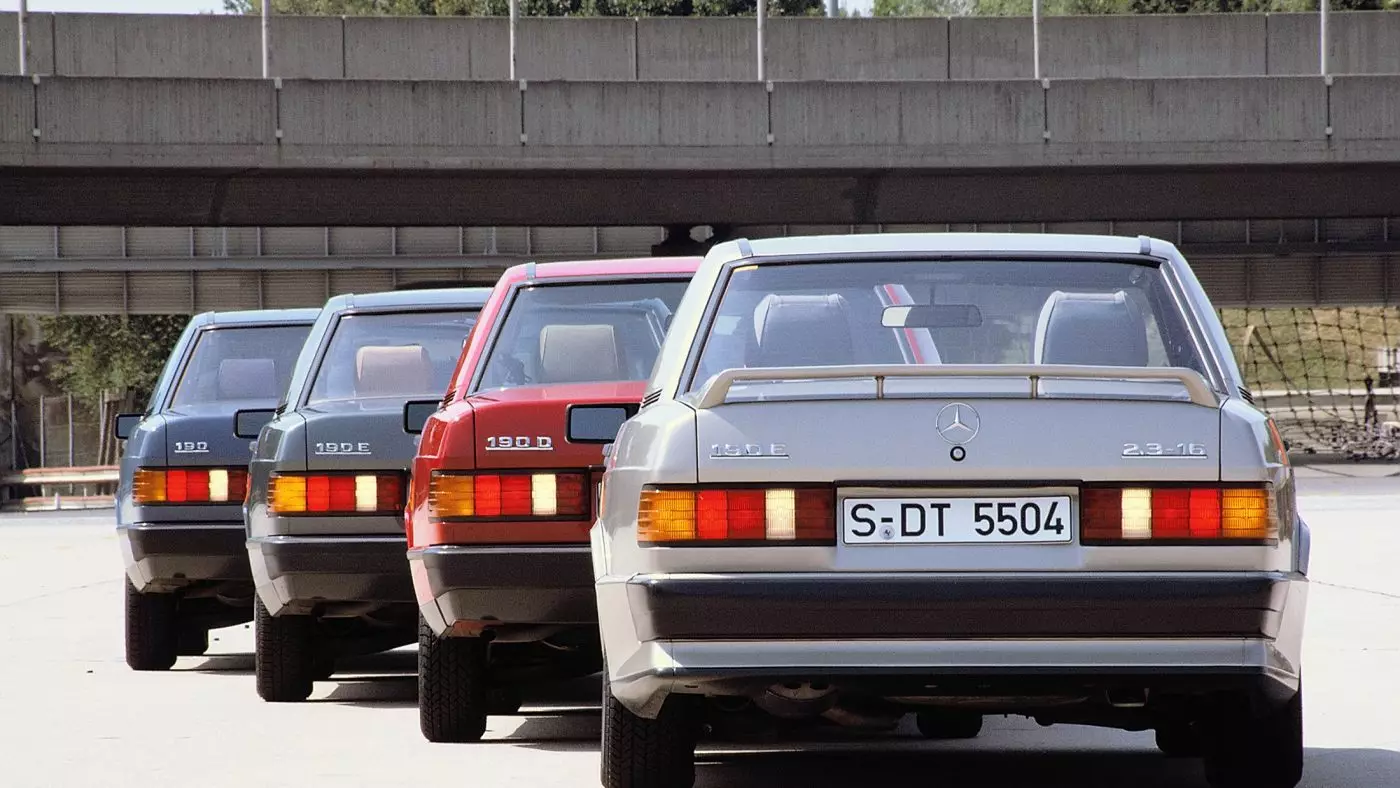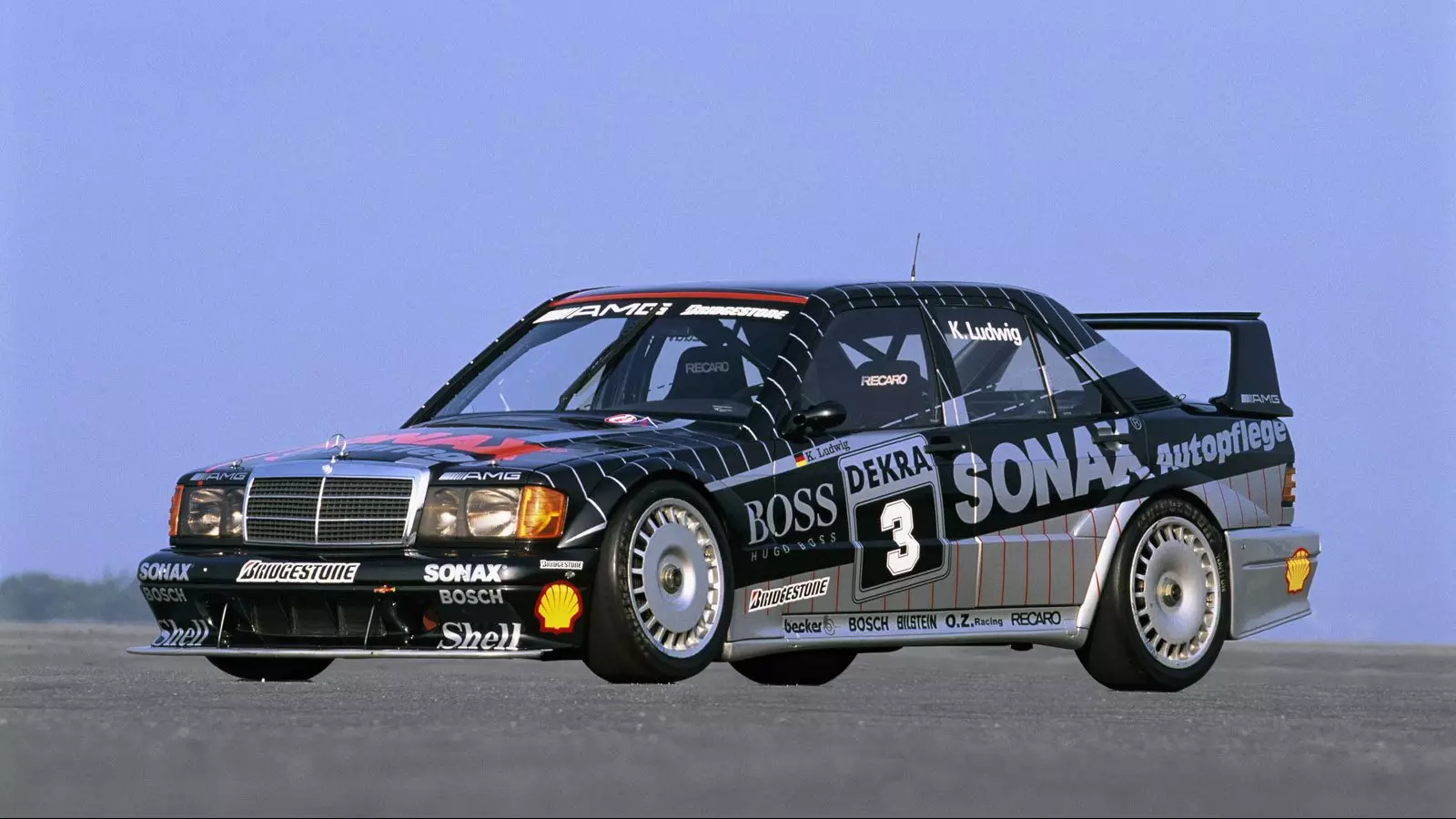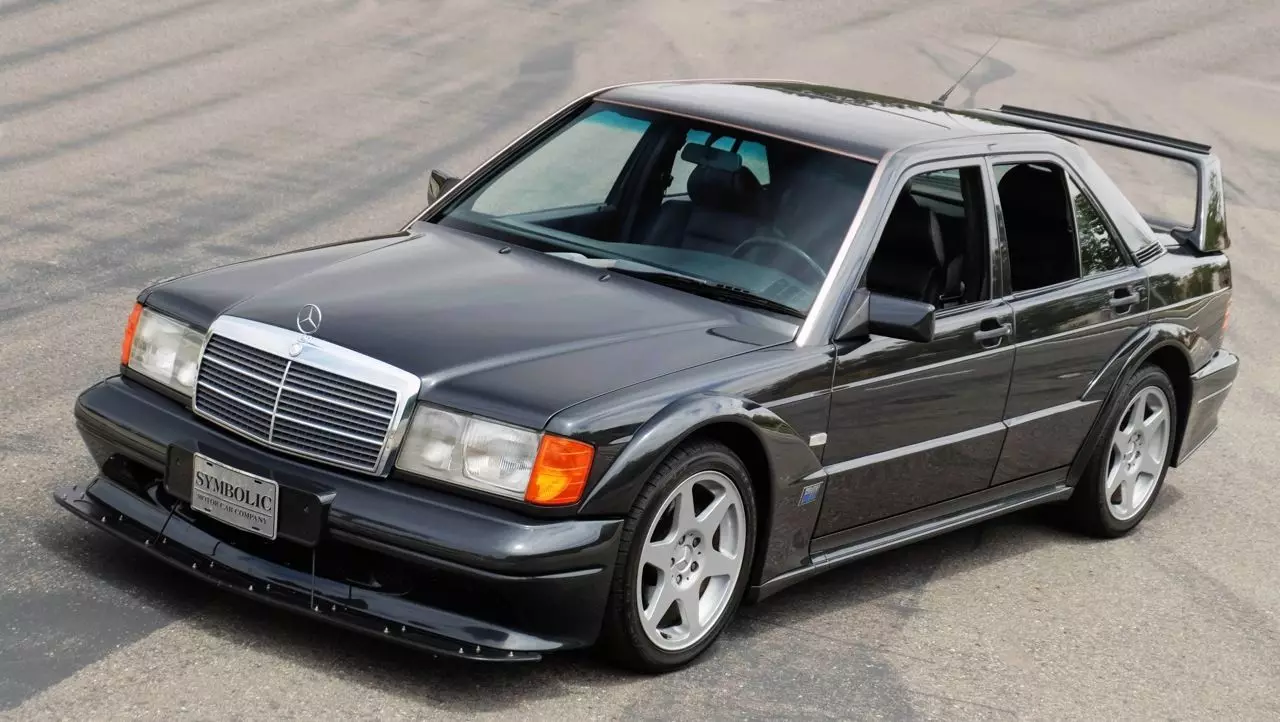According to the brand, 35 years ago the Mercedes-Benz 190 (W201) marked the first chapter in the history of the C-Class. But the 190 model, presented on December 8, 1982, is, in itself, a legend in the automobile industry. So much so that we had already told the story here, albeit “badly told”, of the revolutionary model.
The story behind the W201 began in 1973, when Mercedes-Benz gathered ideas for building a lower-segment vehicle. Objective: Lower fuel consumption, comfort and safety.

Having started production in Sindelfingen, it soon extended to the Bremen plant, which is still the main production plant for the C-Class, successor to the 190 through the W202 model launched in 1993.
Until August 1993, when the model was replaced by the C-Class, around 1 879 630 W201 models had been produced.
Also in competition
Known for its strength and reliability, the 190 has adopted the C-Class designation since 1993, but before that it was already known for several world successes, having also reached several historic milestones as a racing vehicle in the German Touring Championship (DTM).
Today the W201, which was produced between 1982 and 1993, is a fascinating model with the allure of a classic.

The model known as the “190” or “Baby-Benz”, celebrated its debut with two four-cylinder petrol engines: 190 was the designation initially attributed to the version equipped with a 90 hp engine. The 190 E, gasoline with an injection system, had 122 hp of power.
Mercedes-Benz has meanwhile extended the range by producing several versions: the 190 D (72 hp, from 1983) was known as the “Whisper Diesel” and was the first series-produced passenger car with sound insulation of the engine.
In 1986, the model equipped with a Diesel engine in the 190 D 2.5 Turbo version, with 122 hp, was launched, reaching new levels of performance. Overcoming the technological challenge of installing a six-cylinder engine (M103) in the same compartment as the W201, the brand's engineers brought to production the powerful six-cylinder 190 E 2.6 (122 kW/166 hp) version in the same year.
But the famous 190 E 2.3-16 was also responsible for inaugurating the renovated Formula 1 circuit at the Nürburgring in 1984, where 20 drivers drove the 190 during a race on the circuit. How could it be otherwise, the winner was someone… Ayrton Senna. Only could!
The 190 E 2.5-16 Evolution II was the most extreme evolution of the “baby-Benz”. With an aerodynamic apparatus unprecedented in conservative Mercedes-Benz, the Evolution II achieved an expressive 235 hp of power, having been the basis for the successful competition model that participated in the German Touring Championship (DTM) since 1990.
In fact, it was at the wheel of that same model that Klaus Ludwig became DTM champion in 1992, while the 190 gave it to Mercedes-Benz two manufacturers titles, in 1991 and 1992.
In 1993 the AMG-Mercedes 190 E Class 1 model was launched – entirely based on the W201.

Safety and quality above all
Early on, the model was the target of the inclusion of active and passive security solutions. For passive safety, it was important to combine low weight with a high capacity to absorb energy in an eventual collision.
With modern lines, obtained under the direction of Bruno Sacco, the model has always stood out for its aerodynamics, with a reduced aerodynamic coefficient.
Quality was another point never forgotten. The model was subjected to long, hard and demanding tests. See here how the quality tests of the Mercedes-Benz 190 were.

